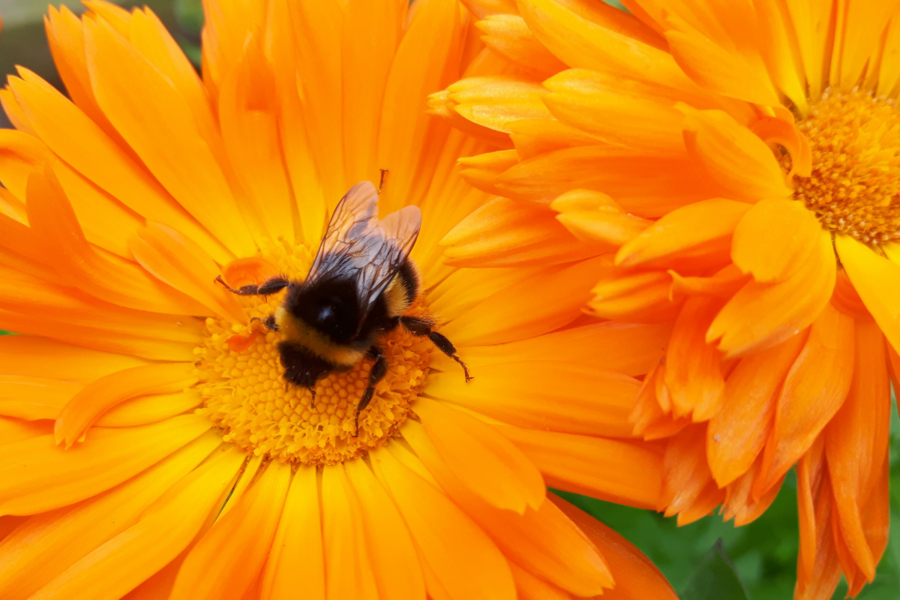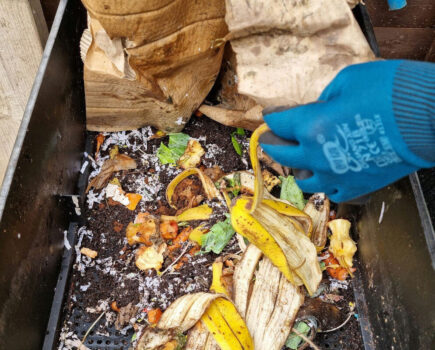Kim Stoddart outlines easy ways to help shore up the defences this year
When I first starting writing and teaching about climate change gardening back in 2013, I had to put forward a case to justify that our planet was slowly, but surely warming and weather patterns changing. I had to pull out examples of extreme weather events, as at the time, the impact on the ground was mainly being felt in other parts of the world. Of course in the past few years this has all changed, as awareness has built and extreme flooding, drought and unpredictable, unseasonal weather has been experienced by us all.
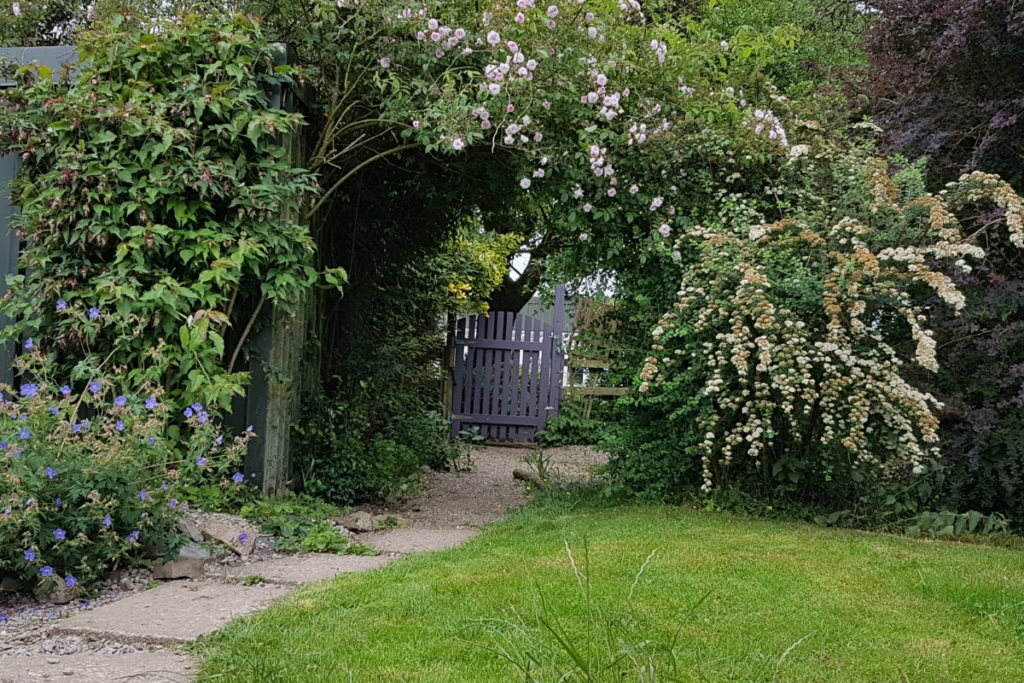
What are the main challenges?
Let’s get the doom and gloom bit out the way first so we can look at some of the easy-to-implement solutions. Topsy turvy weather is a result of our planet struggling to cope and so the seasons we have long taken for granted are no longer completely reliable.
You might see damage from such erratic weather straight away, or it may take time for weakened plants to struggle. It might not be till the next challenging weather event that you notice. We ultimately have to be more prepared for anything in our gardens and build longer-lasting resilience naturally.
Greater risk of pest and disease
This is also a major threat as milder, wetter winters enable more so-called pests to overwinter. Warmer weather can also create more pest breeding opportunities and plants that are stressed and weakened will be more susceptible to attack and less able to cope from a nibble here or there. Migratory pests can also move in and create new challenges.

Unpredictability
This can catch gardeners out as previously reliable seed sowing or planting out dates become unreliable. Thinking on your feet around the challenge at hand and tapping into some good old fashioned common sense will be the order of the day.
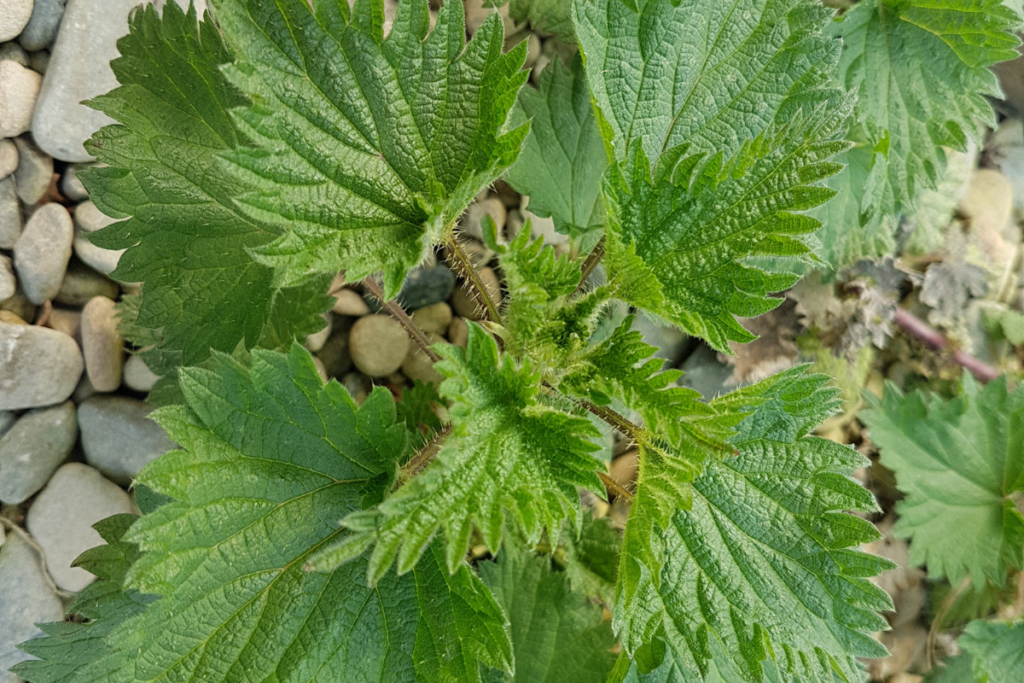
Further complications
Some plants will simply struggle and no longer be fit for purpose and the more challenging conditions can mean an awful lot of work for the gardener. Lots of watering during a drought, plant feeding and care to help more fragile plants cope with the changes. Whereas choosing the right plants for the right place will go a long way. See Mike Palmer’s excellent feature on page 22. Also, natural systems can help if we allow them to prosper.
Here are some of the easiest to-employ solutions to help create a lower maintenance, hardier outside space:
Make your soil the best it can be
We are really just beginning to learn about soil networks and the fascinating range of creatures that reside within that can help plants prosper if we nurture them naturally. There is a brilliant book by Merlin Sheldrake on the topic called Entangled Life if you’d like to learn more about the central role fungi play to life on earth. On the most basic level, a no-dig or less-dig garden with well composted and mulched soil is more likely to encourage such systems to prosper. Mycorrhizal fungi networks can help bind to plant roots to enable them to extend their roots to access much wider food and water. While, fertile, natural soil networks with advanced, structures can help soil (and plants residing within) to better cope with e.g. an excess of rain or periods of drought.
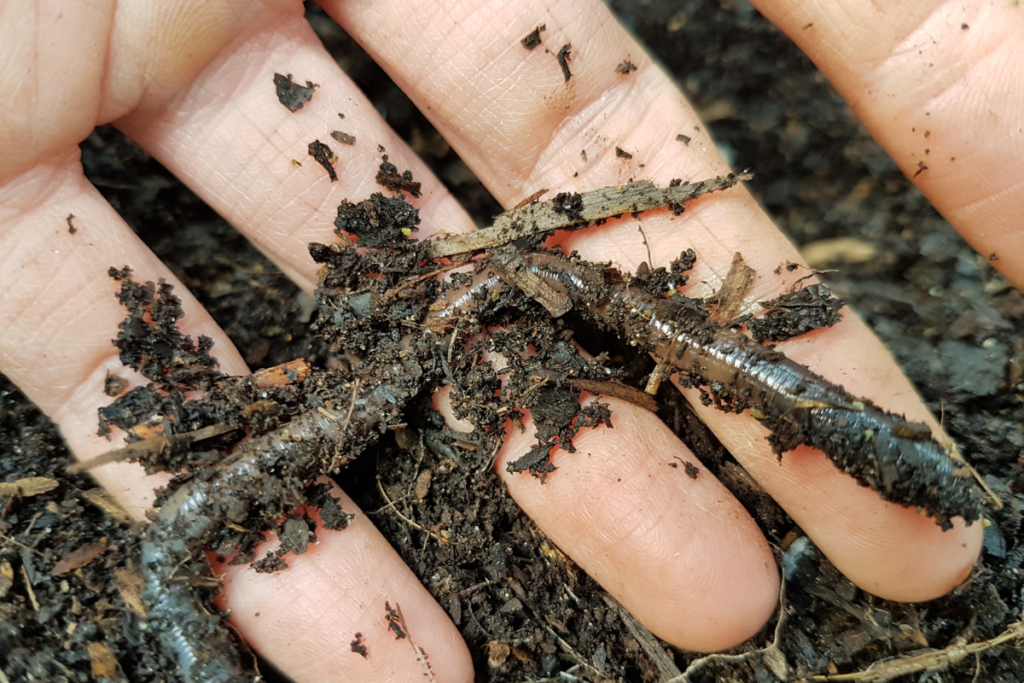
Boost natural pest control efforts
In a biodiverse garden full of wildlife it is easier to create a greater balance of predator and prey to help keep issues to a minimum. There is no quick fix but in an eat and be eaten world, slugs, aphids and others can become useful as food for something else. Do what you can in a way that works for you and how you like to garden. A wilder area at the back of the garden with longer grass, a pond and a log pile, it all helps. We all know of the benefits of frogs, toads, hedgehogs, birds, ladybirds when it comes to natural pest control but many less instantly attractive creatures have an incredibly useful role also. The likes of wasps, ground beetles, hoverflies, spiders, earwigs, (to name a few) can lend a very helpful hand. I even allow a small patch of nettles to grow in my polytunnels to help encourage ladybird and lacewing larvae to live within. Many weeds encourage predators, if you can give them room to grow without taking over. I use a system of mixed planting also known as polyculture which makes it much harder for pests to find what they are looking for on the vegetable garden and this slows their dastardly efforts no end.

Create natural layers
I live about 750ft high in the hills of W Wales and my gardens were very exposed to the elements when I first moved here 14 years ago. I have created lots of layers upon layers which help slow the flow of strong winds and afford some shade and greater protection therein. There are many ways to go about this. Just some examples from my own gardens include hedging around the planting areas, the introduction of a bio swale at the back of the garden with lots of trees, soft fruits and willow to provide a further flooding and wind protection. I use tall plants such as cardoon and Jerusalem artichoke on the edges of the vegetable garden. I have grown damsons to protect my apple and pear trees from strong winds. I further grow a lot of lower-maintenance perennial plants all round. It all helps provide protection.
Think natural
I have always gardened organically as it just made sense to me to do so. By working in tune with natural systems, rather than trying to control or eradicate them, they prosper and come to my aid. Every year I spot new bees, butterflies or birds that have chosen to live in my gardens. As a proud custodian of my plot I welcome them in with open arms. They offer solutions and hope for a more resilient, kinder future for us all.
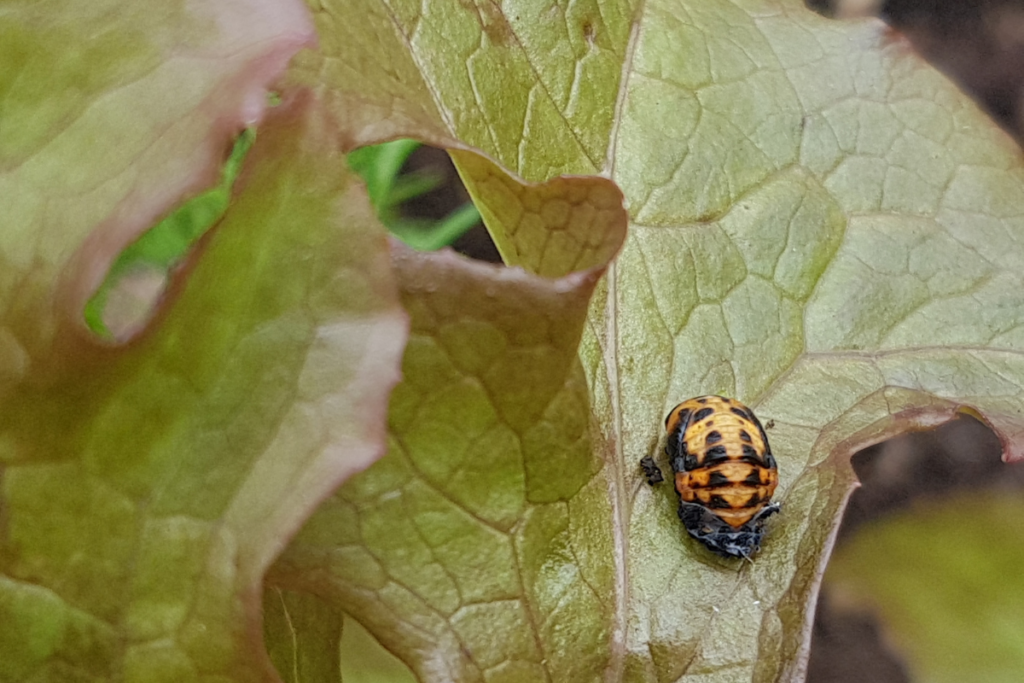
Find more tips, advice and articles like this at the Amateur Gardening website. Subscribe to Amateur Gardening magazine now.

